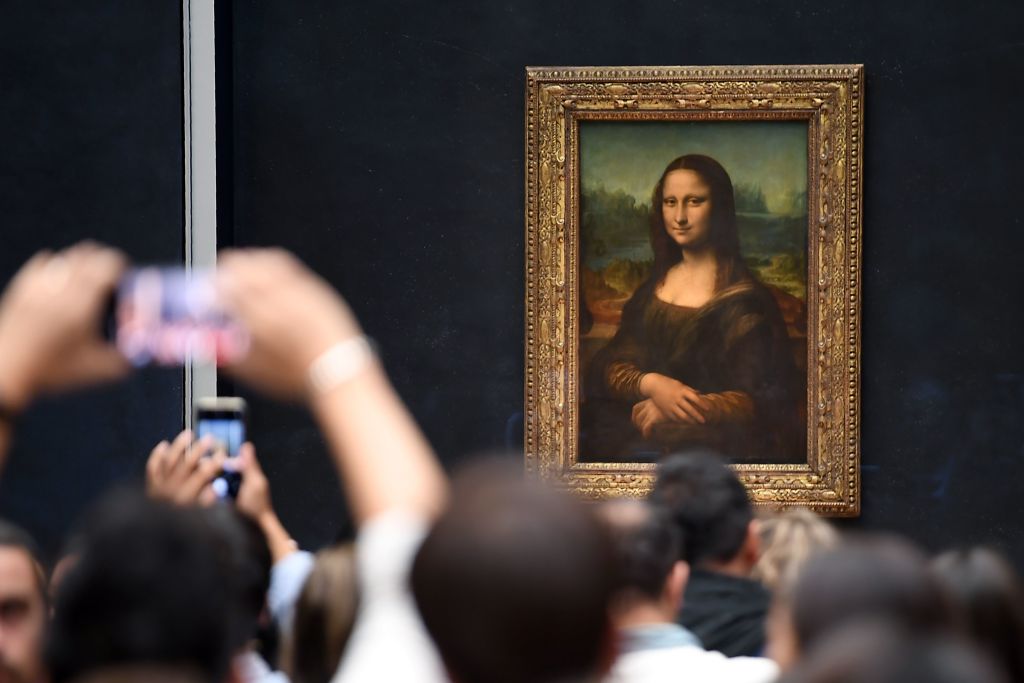In his curious little book about Flying Saucers, Carl Jung took an interesting detour into the psychology of modern art.
His contemporaries, he said, had ‘taken as their subject the disintegration of forms’. Their pictures, ‘abstractly detached from meaning and feeling alike, are distinguished by their “meaninglessness” as much as their deliberate aloofness from the spectator’.
Artists ‘have immersed themselves,’ wrote Jung, ‘in the destructive element and have created a new conception of beauty, one that delights in the alienation of meaning and of feeling. Everything consists of debris, unorganised fragments, holes, distortions, overlappings, infantilisms and crudities which outdo the clumsiest attempts of primitive art and belie the traditional idea of skill’.
‘It is the beauty of chaos’, he wrote. Art that ‘heralds and eulogises’ the ‘glorious rubbish heap of our civilization’. Art ‘productive of fear’, fit for the ‘epoch of the great destroyer’.
Jung was writing in 1957 and one wonders what he would have thought of the destruction of art in 2023, a world in which Oxford City Council have their eye on selling off Biblical and classical paintings no longer deemed ‘appropriate’ in a diverse society. In New

Get Britain's best politics newsletters
Register to get The Spectator's insight and opinion straight to your inbox. You can then read two free articles each week.
Already a subscriber? Log in






Comments
Join the debate for just £1 a month
Be part of the conversation with other Spectator readers by getting your first three months for £3.
UNLOCK ACCESS Just £1 a monthAlready a subscriber? Log in